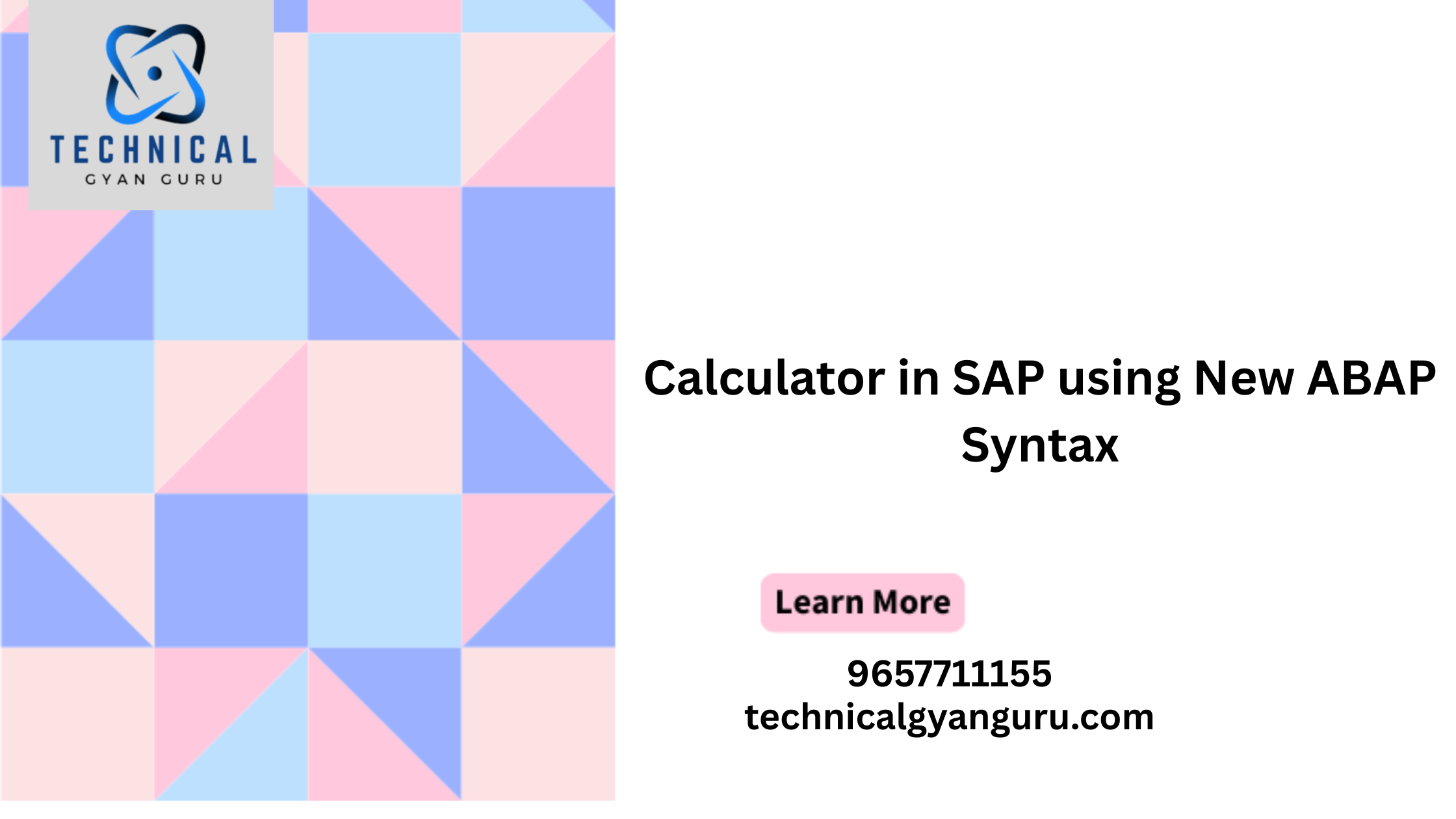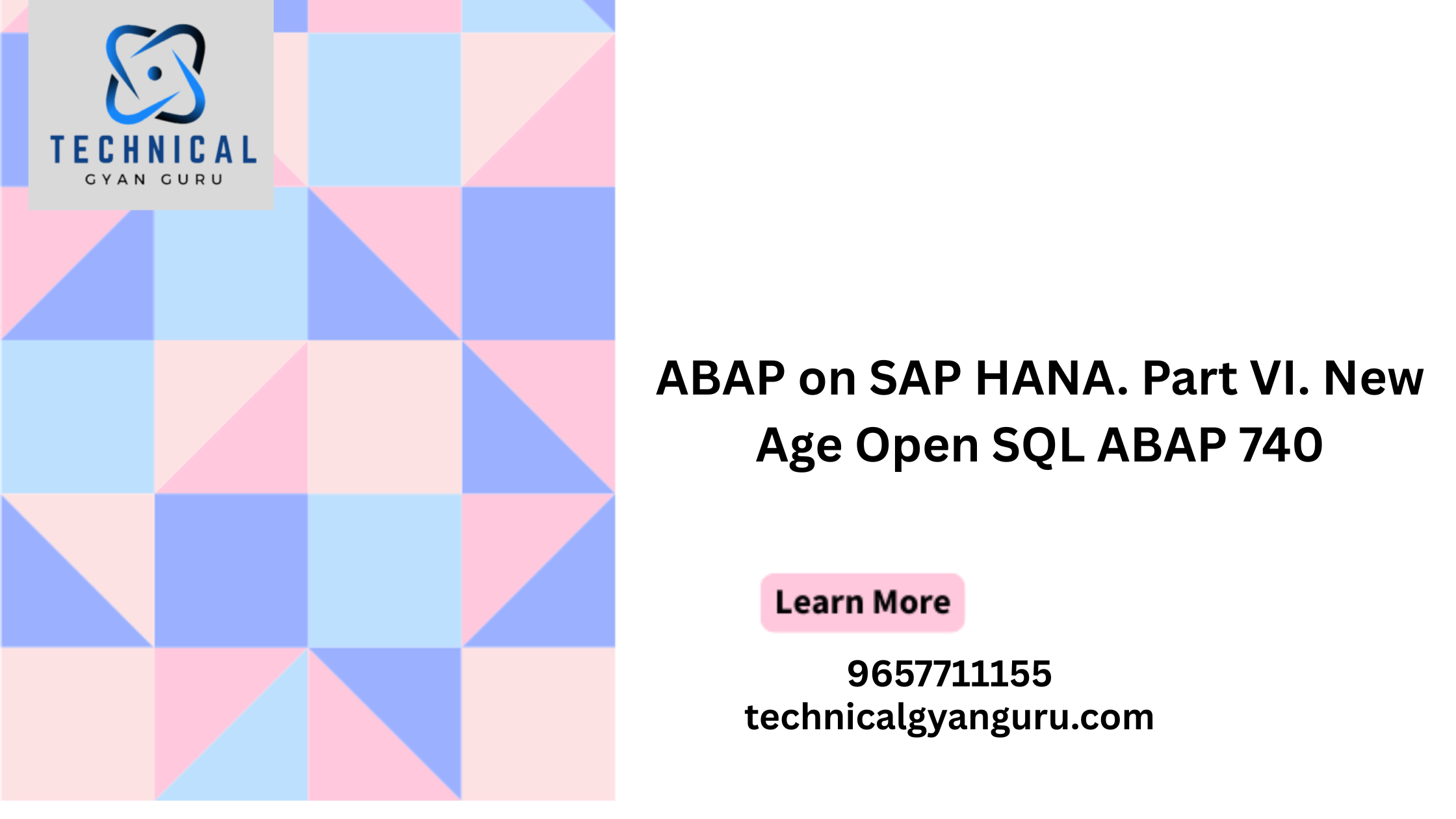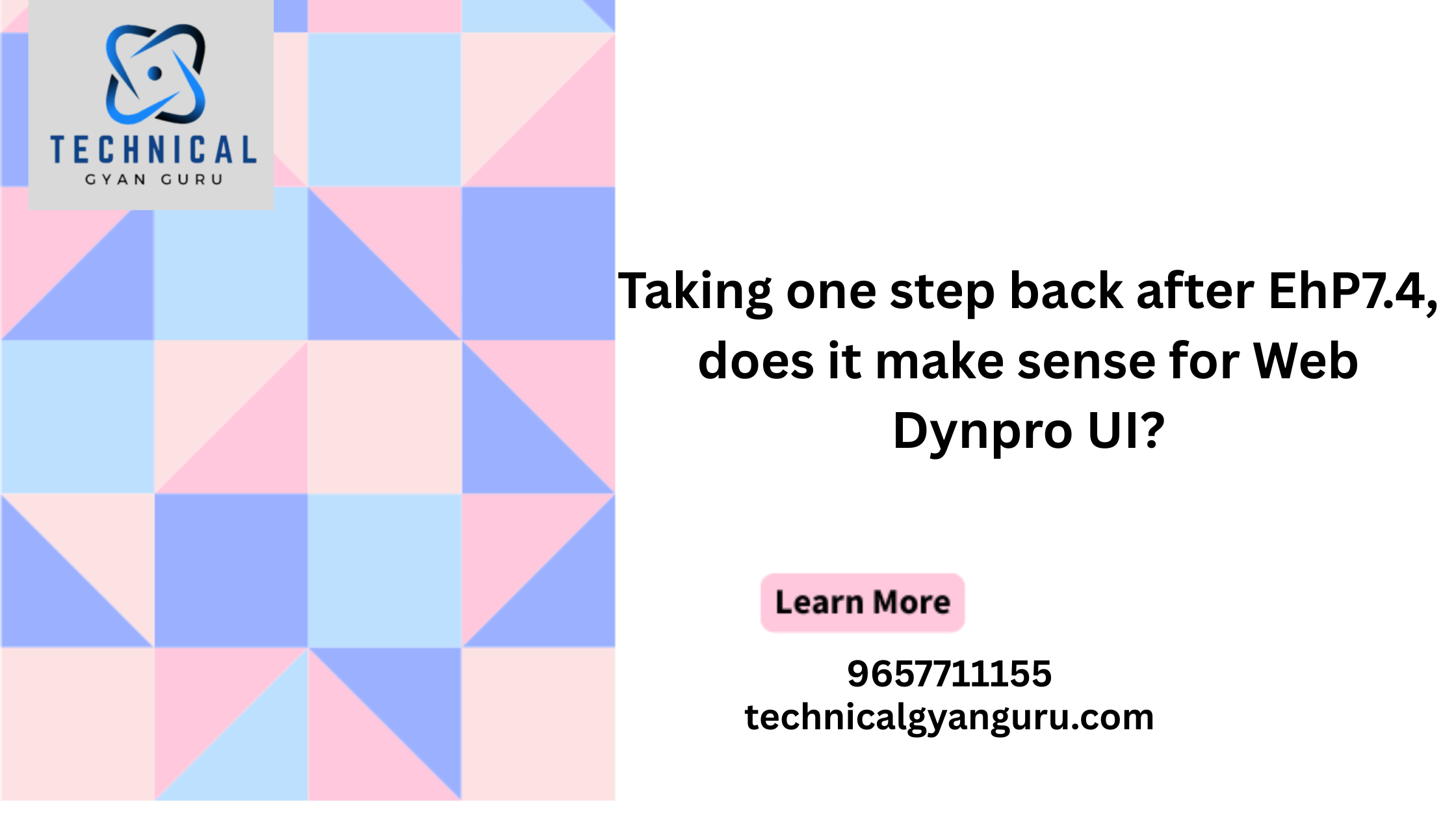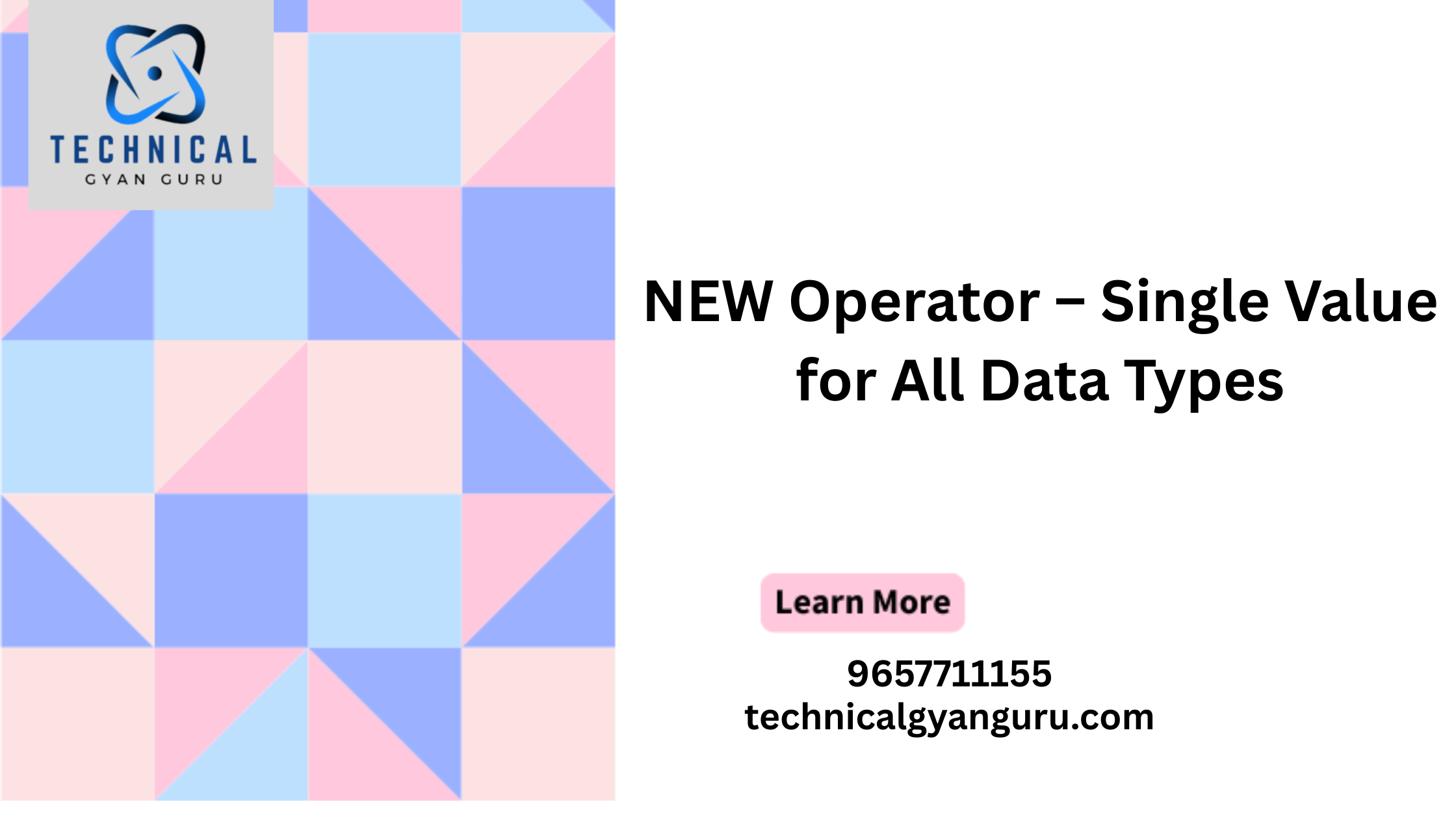Introduction: AWS vs Microsoft Azure vs and Google Cloud Platform
AWS vs Microsoft Azure vs and Google Cloud Platform: As businesses increasingly migrate to the cloud, the choice of a cloud service provider becomes a critical decision with far-reaching implications for security. AWS (Amazon Web Services), Microsoft Azure, and Google Cloud Platform (GCP) stand out as leading providers, each offering a plethora of services. In this blog post, we will delve into the security features of these cloud giants, comparing AWS, Azure, and GCP to help businesses make informed decisions regarding their cloud infrastructure.
1. Shared Responsibility Model:
All three cloud providers operate on a shared responsibility model, where the provider manages the security of the cloud infrastructure, and customers are responsible for securing their data and applications. However, the distribution of responsibilities can vary, and understanding these nuances is crucial for effective security implementation.
- AWS: AWS places a strong emphasis on shared responsibility, providing a robust security infrastructure for its customers. While AWS manages the security of the cloud, customers are responsible for security in the cloud, such as configuring access controls and securing their applications.
- Azure: Microsoft Azure follows a similar shared responsibility model, with Microsoft handling the security of the cloud infrastructure. Azure also provides a comprehensive set of tools and features for customers to secure their data, networks, and applications.
- GCP: Google Cloud Platform emphasizes a shared responsibility model as well. Google manages the security of the cloud infrastructure, while customers are responsible for securing their data and applications. GCP provides tools and services to assist customers in implementing effective security measures.
2. Identity and Access Management (IAM):
IAM is fundamental to securing cloud environments, ensuring that only authorized entities have access to resources.
- AWS: AWS Identity and Access Management (IAM) enables fine-grained access control, allowing users to define and manage permissions across their AWS resources.
- Azure: Microsoft Azure Active Directory (Azure AD) is central to identity and access management in Azure. It provides features for user authentication, authorization, and multifactor authentication.
- GCP: Google Cloud Identity and Access Management (IAM) allows users to control access to GCP resources. It provides granular control over permissions, enabling organizations to implement the principle of least privilege.
3. Network Security:
Securing network traffic is critical for preventing unauthorized access and data breaches.
- AWS: AWS offers the Virtual Private Cloud (VPC) for isolating networks. AWS security groups and network access control lists (NACLs) provide additional layers of control.
- Azure: Azure Virtual Network allows users to create private, isolated networks. Azure also offers features like Network Security Groups (NSGs) and Azure Firewall for enhanced network security.
- GCP: Google Cloud VPC allows users to create private, isolated networks. GCP’s firewall rules provide customizable control over incoming and outgoing traffic.
4. Data Encryption:
Encryption plays a pivotal role in safeguarding sensitive data, both at rest and in transit.
- AWS: AWS offers Key Management Service (KMS) for managing encryption keys. Encryption is applied to data at rest using services like Amazon S3 and in transit through services like Amazon CloudFront.
- Azure: Azure Key Vault manages encryption keys, and Azure Storage provides encryption at rest. Azure also encrypts data in transit using Transport Layer Security (TLS).
- GCP: Google Cloud Key Management Service (KMS) manages encryption keys, and GCP encrypts data at rest using features like Cloud Storage Server-Side Encryption. Data in transit is encrypted using TLS.
5. Compliance and Certification:
Meeting regulatory compliance standards is essential for businesses operating in various industries.
- AWS: AWS complies with a wide range of industry standards and certifications, including GDPR, HIPAA, and ISO/IEC 27001. AWS Artifact provides compliance reports.
- Azure: Microsoft Azure adheres to numerous compliance standards, including GDPR, HIPAA, and ISO/IEC 27001. Azure Compliance Manager helps customers assess their compliance status.
- GCP: Google Cloud Platform is compliant with various standards, including GDPR, HIPAA, and ISO/IEC 27001. GCP provides customers with compliance documentation and resources.
Conclusion:
Choosing a cloud provider is a multifaceted decision that involves considering performance, scalability, and, critically, security. AWS, Microsoft Azure, and Google Cloud Platform all prioritize security but offer different tools and approaches. Organizations must carefully evaluate their specific requirements, compliance needs, and the nuances of each cloud provider’s security features to make an informed decision that aligns with their business goals. As the cloud landscape continues to evolve, a robust and well-informed approach to security will be instrumental in navigating the complexities of cloud computing.







